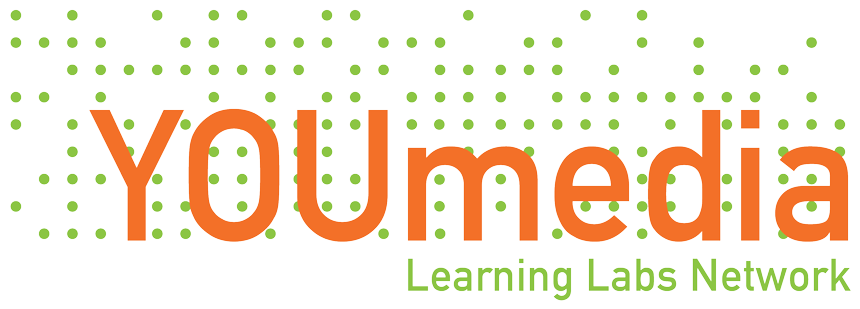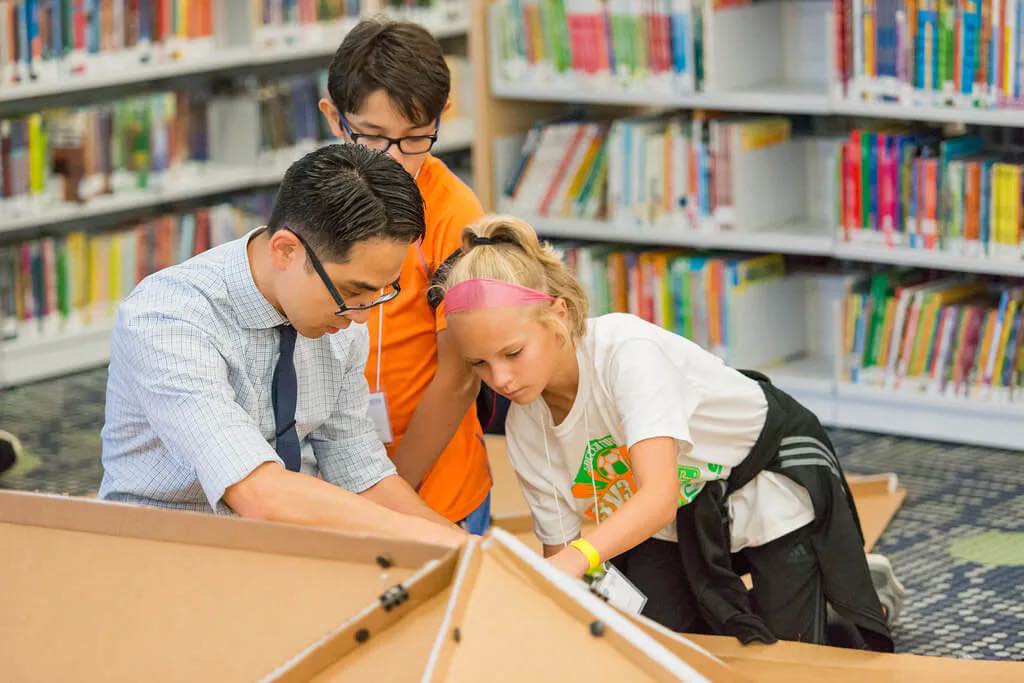Authored by Amanda Wortman, published originally for the Connected Learning Alliance
As the Capturing Connected Learning in Libraries (CCLL) project comes to a close, we are excited to share the final installment in our series of case studies, created based on the evaluation work we’ve done with our partner libraries. In our final case study, Partnering with Future Ready with the Library, we turn our lens to the lessons we’ve learned as researchers and evaluators working in partnership with libraries. We hope our experiences can provide some practical tips to others working in similar settings.
During 2019 and 2020, the CCLL team partnered with library staff participating in the Future Ready with the Library project. The goal of Future Ready with the Library is to support public library staff in rural communities in creating college and career readiness programs for middle school aged youth. Our job as researcher partners was to help the library staff see program evaluation as valuable, and to recommend tools that might help them better understand the goals and outcomes of their programs. Ultimately the evaluation tools and plans provided by the CCLL team were not taken up in their entirety due to unforeseen circumstances, one of which was the widespread shutdowns due to COVID19. Reflecting on our partnership, the CCLL team identified the following lessons learned:
- Build data collection and assessment into program design from the beginning.
- Recognize the capacity of library staff (and researcher partners), and develop these capacities to better implement assessment methods.
- Leverage surveys or instruments that library staff already use or data they already collect, and attune the analysis to purposes and audiences that may come up in the future.
The Future Ready case study details the library staff partners we worked with and the programs they created, as well as evaluation methods recommended to each partner. We also identify why our recommendations didn’t sync up with the library staff and their capacities, and recommend a tool that we think would have ultimately worked out better.
Over the course of our project, the CCLL team has had the pleasure of working with library staff across the country and their many different connected learning spaces and programs. See below for links to the previous case studies and lessons learned.
- At the Studio at Anythink Libraries, we learned what is possible in terms of evaluation efforts with a partner that has substantial capacity and staff interest for developing new evaluation tools. Anythink introduced us to talkback boards, an evaluation tool that has since proven to be the most nimble and flexible assessment tool that we have encountered in our research, and one we recommend again and again.
- At the Rockwood Makerspace at Multnomah County Library, our library partners developed a makerspace in order to address inequitable access to after-school STEAM opportunities in the area. Our team helped the makerspace coordinator develop an evaluation plan to learn more about the 21st Century skills that youth patrons were developing through their participation in makerspace activities.
- At YOUmedia at Harold Washington Library, mentors utilized a staff observation tool to document learning through making and tinkering activities. They also adapted the observation tool to align with Hanging Out, Messing Around, and Geeking Out (HOMAGO) principles and to work for long-term data collection, since some of their teen patrons visit the program for up to five years. These adaptations have allowed YOUmedia to assess the relational climate between teens and mentors and to inform how the organization onboards new staff.
- Partnering with library staff running Full STEAM Ahead programs at the Los Angeles Public Library, the CCLL team learned how to best adapt practical and flexible tools for use with library staff with limited capacity. Traditional surveys were hard for staff and patrons to use, and program staff were fully occupied with the practical demands of program implementation. Introducing the use of talkback boards and exit tickets allowed our partner librarians to quickly assess whether youth patrons were expanding their interest and knowledge of STEAM after participating in programming. Additionally, these new tools opened up opportunities for reflection and dialogue and provided a means for midstream, practical evaluation – the type of evaluation that helps staff gauge how well their programs are working and what changes might help to improve them.
We are so thankful to our partner library staff and organizations who shared their programs and spaces with us:
- Los Angeles Public Library
- Multnomah County Library
- Chicago Public Library
- Anythink Libraries
- YouMedia Community of Practice
- YALSA
- Future Ready with the Library
And a special thanks to the Institute of Museum and Library Services for their generous support.
Banner image credit: Image by Howard County Library System is licensed under CC BY-SA 2.0.


Leave a Reply